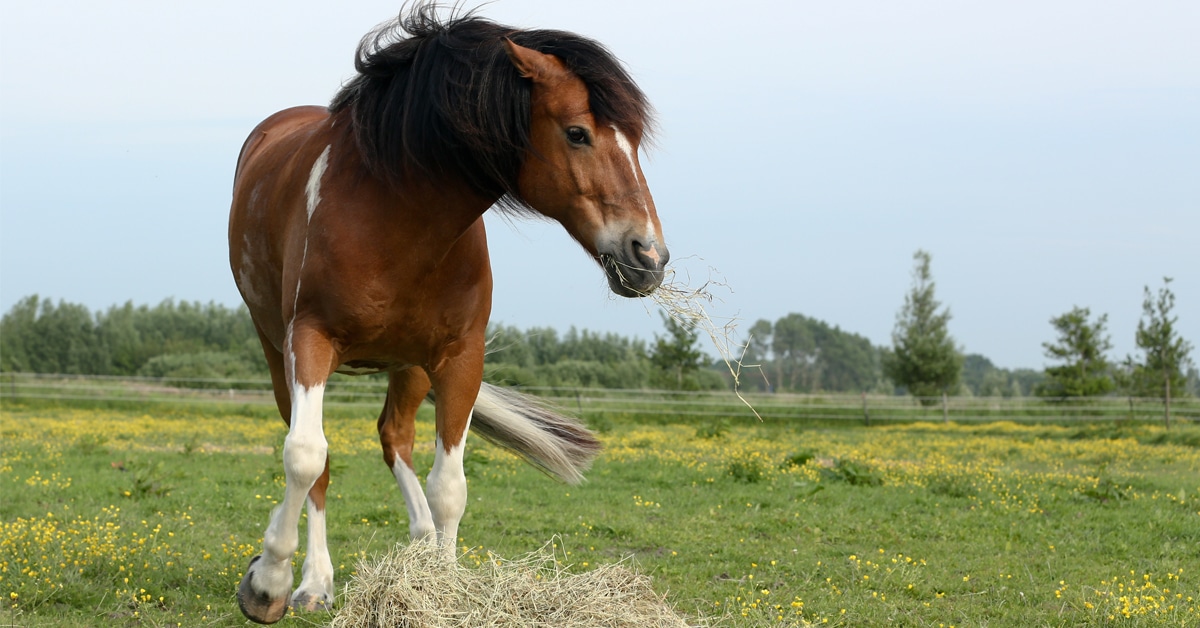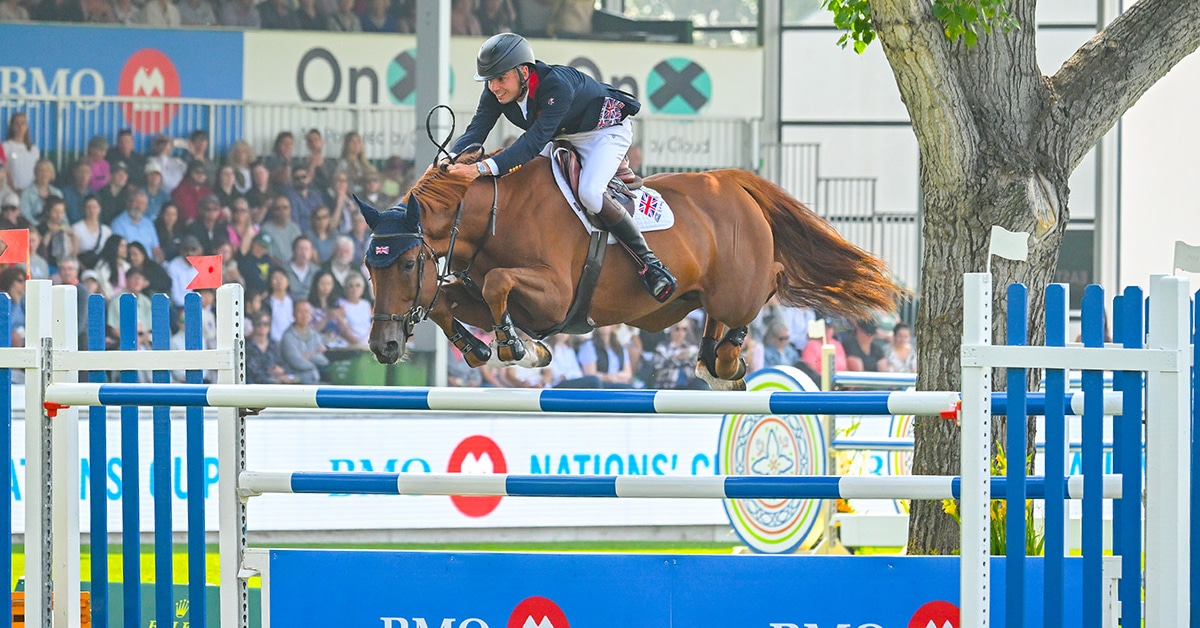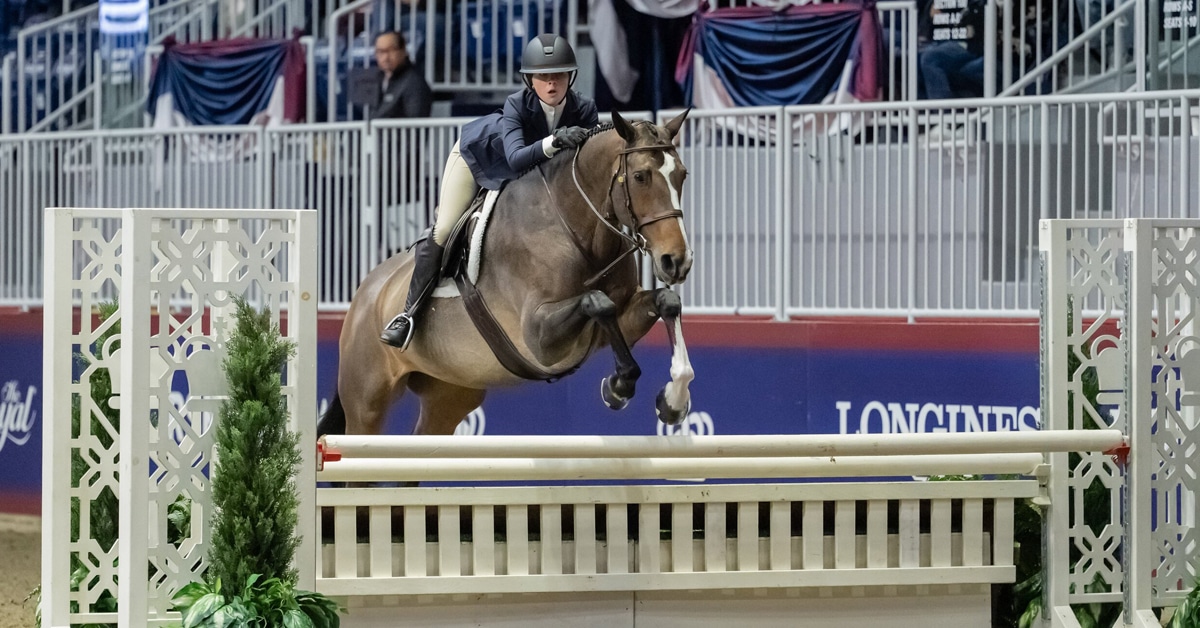Horse show tensions can peak in the warm-up area. Unpredictable, sensitive horses and their humans, amped up on caffeine, nerves, and excitement, working in an often loud and overcrowded spot, is a perfect recipe for heated tempers and risky situations.
But if everyone followed a few basic strategies and common courtesies – or etiquette, which the Oxford Dictionary defines as “the customary code of polite behaviour in society or among members of a particular profession or group” – the warm-up ring would be a much nicer, safer place to prepare for competition.
About the Basics
“Etiquette breeds safety. And safety comes through education,” says Nova Scotia’s Sandra Conrad, an Equestrian Canada (EC) and FEI steward and course designer. It’s about learning essential horsemanship skills and “codes of conduct” from qualified individuals, she explains. “Competitive coaches are into it for a business and a livelihood. They are very cognizant of the rules. They want to look after their clients, both human and equine.”
EC-certified competition coach specialist Sonja Seyfort has taught mainly hunter-jumpers in and around Victoria, BC, for 37 years. She agrees riders need to know “real basic ring etiquette” before even considering competing. “Because that’s what everybody knows – English, Western, Pony Club, 4-H. They are the rules that usually come into play in the warm-up area.”
In addition to stressing the fundamentals, Seyfort, who incorporates mental training into her instruction, also likes to simulate the chaos of the warm-up ring at home to prepare her students for what they might face in the real-world show environment. Rehearsing benefits horses, too. The warm-up isn’t the place to deal with training issues.
“The more practice at home and during outings, the more confident the horse will be at shows,” says Seyfort.
Eyes Everywhere
Although at-home preparation provides a framework for competitors to follow at a show, the warm-up will usually pose some challenges, such as a horse in meltdown mode or other riders unaware of (or ignoring) ring etiquette.
“Everyone is kind of in their own head thinking about what they’re trying to prepare for and they’re nervous,” says Seyford. “That makes it even harder to think.”
Nevertheless, riders must be aware of everything that’s happening, looking up, well ahead and peripherally, plus knowing what’s going on behind them. It’s like riding in an imaginary safety bubble that separates them from the other competitors.
Defensive driving is defined by the Ontario Safety League as “controlling a vehicle so as to prevent/avoid collisions despite the (unsafe) actions of others and the surrounding (adverse) conditions.” Riders in the warm-up also need to practice defensive riding.
“Use your self-preservation, some common sense,” says Conrad. That means if a horse or rider’s safety is threatened, they should leave the ring until the situation is diffused. Likewise, if a rider’s own horse is unmanageable, they should take it upon themselves to exit.
“Pull out for a few minutes or find time that has fewer horses in the warm-up area,” Seyfort suggests. “It might mean you warm up your horse very early, then come back and do a second shorter warm-up just before you go in the ring.”
And, harkening back to the driving metaphor: don’t text and ride. A mounted rider using their cell phone isn’t being mindful of their surroundings, even if they think they are.
Communication is Key
Just like any other set of rules, those of warm-up etiquette are occasionally broken, and that’s okay. Clear communication, and apologies if needed, go a long way to maintaining equestrian harmony and keeping the circus atmosphere at bay.
As a steward, Conrad promotes “fair play and sportsmanship.” She adds, “You ask your competitors to help each other.” That goes for instructors, too. As Seyfort notes, “You want to be mindful that other coaches are trying to get the same thing done. Instead of monopolizing the warm-up area, be aware if somebody else’s student is struggling.”
Conrad agrees. “If you don’t want your students hurt, you’re going to cooperate with the other coaches,” she says. Everybody has to play as a team.”
The Potentially Perilous In-Gate
A show’s most hazardous and stressful location is often the in-gate.
“This should be an area that’s kept really clear for people coming and going in and out of the ring,” says Sonja Seyfort, who has seen a lot of in-gates in her decades of competing and coaching. “It becomes an unsafe place when there are about four horses in that area and then, suddenly, one gets crabby and wants to kick out and we’re all running in different directions.”
Seyfort’s safety suggestions include:
• Only the next competitor and their coach should stand at the gate (other than show personnel) – no extraneous people or pets.
• Exiting riders should keep moving without stopping to debrief with their coach.
• Keep a buffer area of at least six metres around the gate.
Seyfort also wants to remind competitors that the in-gate person is essential to maintaining a smoothly-running show and is a rider’s ally. She suggests competitors introduce themselves and maintain communication about class scratches, adds, or unexpected circumstances such as a pulled shoe that could require a change in the order of go. Pay heed to their instructions, always be on time, and be pleasant. “The gate person is going to help you a lot more if you’ve been polite to them,” says Seyfort.
ESSENTIAL WARM-UP RING RULES
- Go with the flow: try to ride in the same direction as others.
- If that’s not possible, when approaching another rider in the opposite direction, always pass left to left. FUN FACT: right to right in EU!
- Leave ample room when passing and only overtake on the inside.
- Leave at least one-horse length between you and the horse ahead.
- Don’t cut anyone off.
- Yield the track to faster-moving horses.
- Don’t stop on the rail. Find a quiet spot in the middle of the ring or better yet, leave the arena.
- Jumpers have the right of way. Don’t park or cross in front of or behind a jump.
- Call out your intentions when approaching a jump or taking the inside track when passing: i.e. “heads up to the vertical” or “passing on the inside.”
- If a rider falls off, halt immediately. Dismount if the horse is loose.
- Keep your whip flat against your side. Use it and voice commands subtly so as not to upset other riders’ horses.
- Pay attention to warning tail ribbons: red = kicker; green = young/inexperienced; yellow or blue = stallion.
The Latest









